“I’ve had a lot of experience in these gallery spaces and it always felt like this vague form of superficial hell to me,” Filippo Meozzi, director and producer of Doom: The Gallery Experience, tells me.
“I work in the art industry as an artist’s assistant, I produce sculptures and other things like that. So, I’m fairly familiar with the process of gallery openings and sort of just the nightmare that is going to Galleries and experiencing these high-brow, drinking wine, [saying] pompous phrases to each other [kinds of people].”
So, when he got the chance to re-create that kind of environment in Id Software‘s 1993 shooter for a school project, he decided to do so.
“The idea that I thought [of was] Doom is, you know, you go to hell and you kill demons and part of going to a gallery opening is you’re fighting the demonic nightmare of all of these people blowing smoke up everyone else’s back end,” Meozzi explains.
“I approached Liam [Stone, Doom: The Gallery Experience’s programmer and artist] – we’ve been making things together for the past few years. We made a game about six months ago for a game jam and that was also fairly successful, we have a very good working relationship. So, he was my other half in terms of making sure that this vision came to light and that the project was able to be in a state that we were all really happy with, especially from a technical end.”
The pair got to work and “rebuilt the whole level of E1M1 from the ground up”, with the goal to make sure that the game was playable via browser so that it’d be accessible and easy to send to people. “We were gonna go with the engine regardless of what we ended up doing and that became Doom pretty [early] on,” Stone recalls. “I think it was necessary over finding some kind of online implementation of Doom to mod, because we had a lot of, you know, you click on paintings and you open links. We needed something that we could just quickly iterate on and have everything we need at a moment’s notice.”
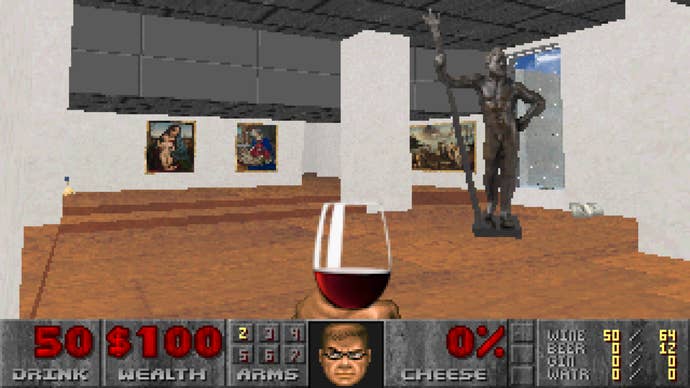
While acknowledging that Doom’s wealth of mods – including the likes of Thatcher’s Techbase – have proven it to be “a fairly prolific infrastructure for development”, Meozzi says the pair still found creating The Gallery Experience to be “kind of a challenge”.
“Adapting that to a platform it was never really made for in terms of [game-making software] Construct 3” was the big one for them, but the director definitely thinks they nailed “the vibe and the feel” they were going for.
The gallery you stroll around in the game isn’t designed to directly mirror one specific real-world location, instead, Meozzi says it’s designed to be a sort of every-gallery. “Really, any gallery you go to will always have the same format of either wood or concrete floors, white walls, gray ceiling,” he explains, “They’re always painted the same. They always feel the same. They’re always square, boxy, nightmarishly lit rooms, regardless of the art that’s in them.”
So, the duo got to decorating. “We took the layout of the map and painted the walls white, gave it a nice new floor, some brand new ceilings, and moved some of the furniture around a bit to re-adapt the space.” Meozzi explains, adding that he’s proud of how they were able to capture the “oppressive feeling that the galleries sort of impose on you”.
One thing the pair did end up sticking with from Doom – after originally being a “little split” on whether to do so – was including a few secret areas for the player to find. Two of these are in exactly the same places that they were in the original game, with Stone explaining that, after originally leaving the courtyard section open, the developers thought making the player do some work to get into there areas would help TGE appeal to those who’re more in it for the silly Doom revamp than they necessarily are the art.
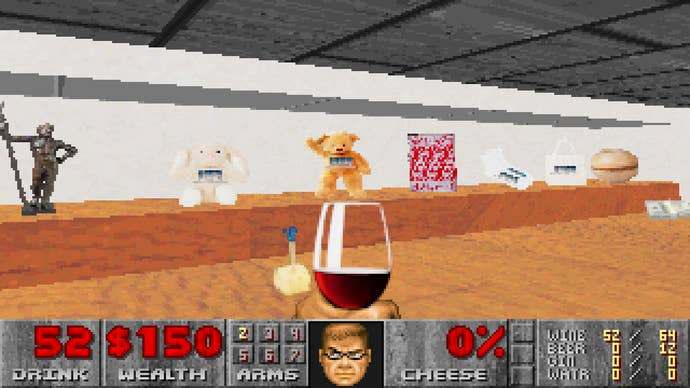
Spoiler alert: one of the areas you can find contains some beer and is the hideout of a strange character called Galaktor. I ask the devs who this strange beverage-gifting fella with his own area (and his own cold brews) is, and they respond with wry smiles. “Galaktor has really been sort of a mascot for us for the past few years,” Meozzi reveals. “We’ve incorporated him into most of the projects we’ve done in one shape or another… it’s like an easter egg for each other.” Why’s he got the beer? Well, because you sometimes get it at gallery openings, but isn’t as common as wine. Of course. Which it seems is why it’s hidden away with Mr Galaktor.
Getting back to art itself, it all comes from one place – New York’s Metropolitan Museum of Art – which had a free, open source collection of exhibit images that the pair were able to use, linking out to the museum website’s pages to allow players to learn more about the painting or sculpture they’re examining with one click.
In terms of the gallery’s layout, Meozzi adds that the duo knew what they wanted to put in each bit and which “types of styles and eras they wanted to touch on” and “found quite a few things we thought were quite entertaining and didn’t really have a lot of information on them.” One of these is an Ancient Egyptian Toilet Jar, which you can procure a copy of from Doom: TGE’s gift shop. Having bought it during my playthrough, I can definitely recommend it as a purchase.
Aside from that, Meozzi says his personal favourite piece of art included in Doom: TGE is that statue of Diana in the courtyard, while Stone is quite fond of the colourful sculptures in the Egyptian section.
I ask the pair which – if any – of the art on display they reckon Doomguy himself would vibe with the most, or if they think he’s just there for the free snacks. Citing the religious elements of the Doom games, Meozzi picks out the paintings of a madonna and her child and a return from a hunt in the Renaissance section. “I feel like he would sort of gain this sort of forging of spirit [from] the affinity for holy images,” he reasons, “Having that resonate with him, I think that would be his most motivational section to bring back with him to his expeditions to hell”.
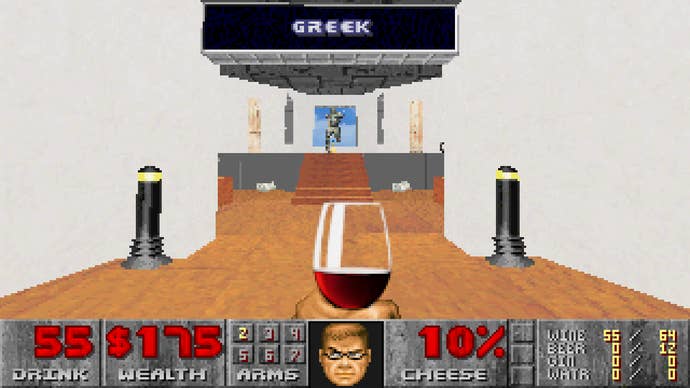
As for what Doom: The Gallery Experience’s developers are taking from the experience of having their game gain a surprising amount of traction compared to their expectations, there’s plenty. First of all, Meozzi says the pair “appreciate the support from everyone, in terms of just seeing it as a parody, seeing it as not such a strict mimic of the initial experience that was the field that we were going for”.
He adds that it’s “always good to promote people to go and experience art”. “There’s a museum in most major cities across the world. Whether it’s ticketed or not, whether you’re a student, you can find ways to go and get access to it. I think it’s an important part of experiencing how things develop to be able to see what people make in a very artistic sense. One of the major things was that I consider video games to be a form of art and not many people in the art spheres consider that as well, but I think it’s important to see almost everything that anyone’s capable of doing as some form of artistic contribution to the world.”
Meozzi and Stone definitely plan to keep on making games together as part of their contribution to the world, with this experience having galvanised them a bit, even if the pair tell me they’d probably still have kept on doing so regardless, with Stone adding that their future projects will likely have “a similar sense of bizarreness” to them.
They’d also be open – in the hypothetical scenario that the New York Metropolitan Museum of Art was to reach out and offer them the chance – to creating a physical, real-life version of Doom: TGE’s gallery. “I think that would be the most full circle completion to the thought child that this is,” Meozzi says.
“Making this ironic experience become a real experience, and it would become just like an incredibly meta, hyper absurd – I don’t even know how to put words to that. It would just be bizarre and it would be fantastic.”
fbq('init', '1749355691872662');
fbq('track', 'PageView'); window.facebookPixelsDone = true;
window.dispatchEvent(new Event('BrockmanFacebookPixelsEnabled')); }
window.addEventListener('BrockmanTargetingCookiesAllowed', appendFacebookPixels);
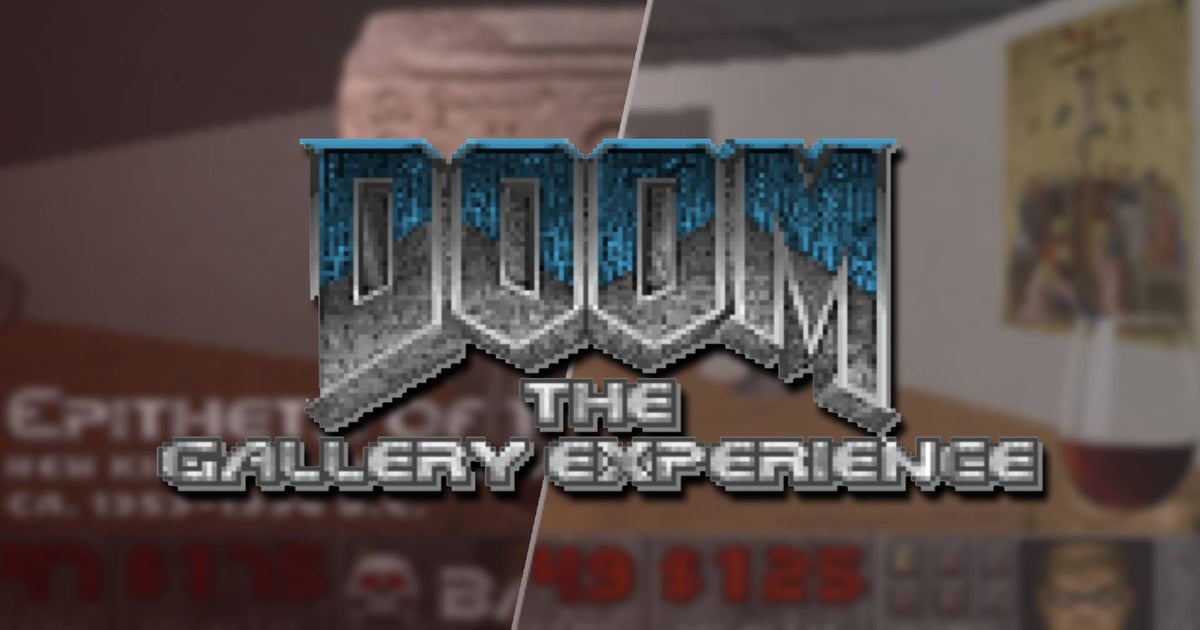
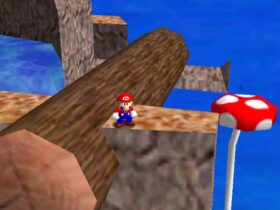
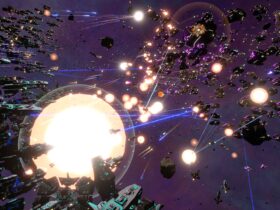
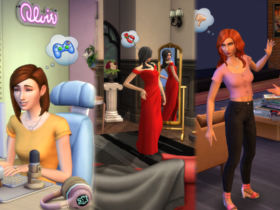
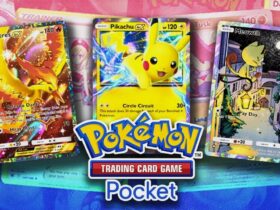

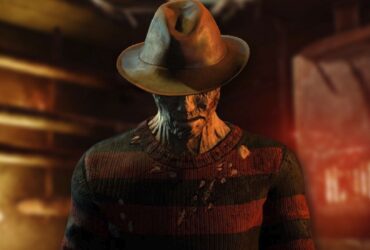
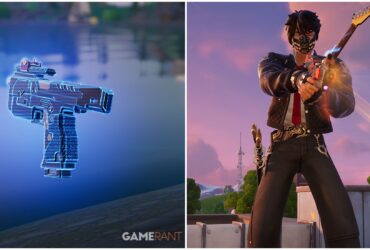
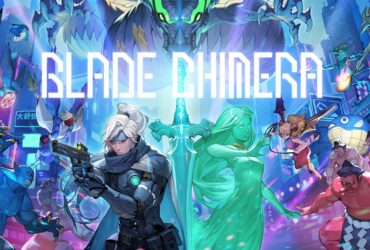
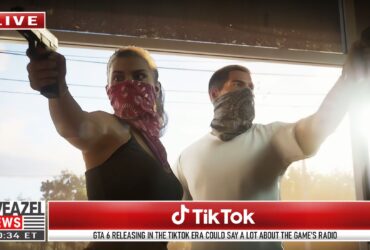
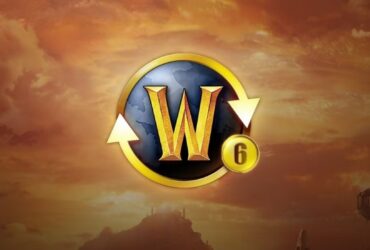

Leave a Reply